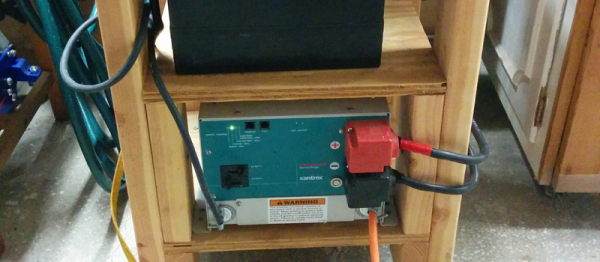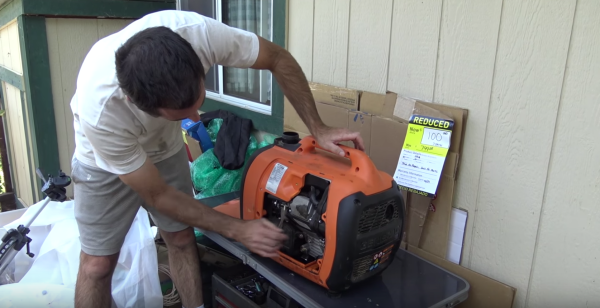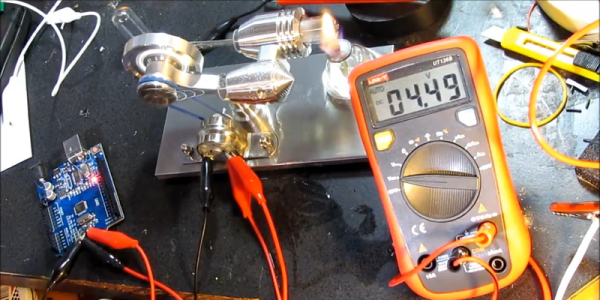While wind energy is rapidly increasing its market share across the world, wind turbines are not able to be constructed everywhere that they might be needed. A perfect example of this is Japan, where a traditional wind turbine would get damaged by typhoons. After the Fukushima disaster, though, one Japanese engineer committed himself to building a turbine specifically for Japan that can operate just fine within hurricane-force winds. (YouTube, embedded below.)
The “typhoon turbine” as it is known works via the Magnus effect, where a spinning object directs air around it faster on one side than on the other. This turbine uses three Magnus effect-driven cylinders with a blade on each one, which allows the turbine to harvest energy no matter how high the wind speeds are. The problem with hurricanes and typhoons isn’t just the wind, but also what the wind blows around. While there is no mention of its impact resistance it certainly looks like it has been built as robustly as possible.
Hopefully this turbine is able to catch on in Japan so they can reduce their reliance on other types of energy. Wind energy has been getting incredibly popular lately, including among hikers who carry a portable wind generator, and even among people with just a few pieces of scrap material.


















